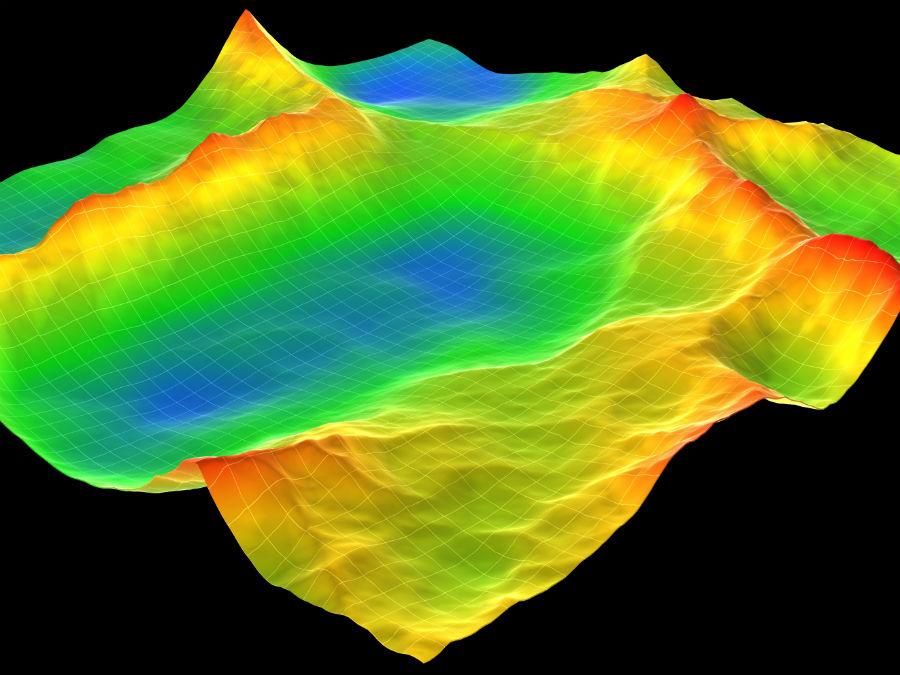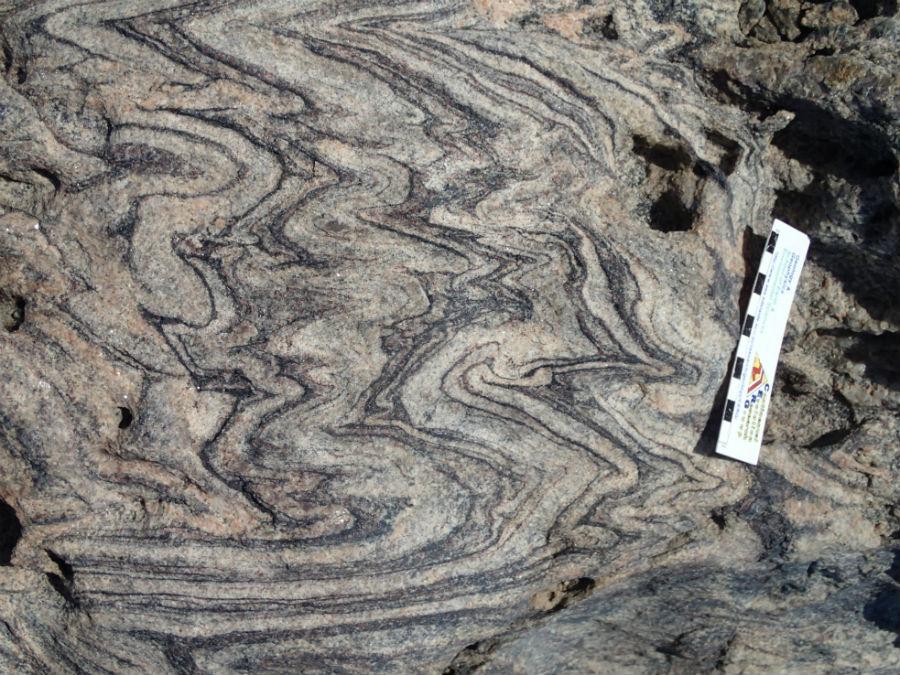Basins
Geological basins record what happens on the Earth’s surface; the interaction between the hydrosphere, the atmosphere and the deeper Earth.
By studying basins, we can see how oceanographic processes and climate processes change over time.
Basins also record how waters have passed through mineral systems and the footprints created by mineral systems. They preserve our global hydrocarbon deposits.
Our research into basins is providing insights to global scale understanding of the Earth, and assisting exploration and access to energy resources.
Stress, Structure and Seismic (S-Cubed) Group
The S-Cubed Group is looking at how fluids move in basins, how hydrocarbons are trapped in basins, and how we can better characterise basins.
Sedimentary Isotope Geoscience
The SIG group applies traditional geochemical tools and novel isotope proxies in its studies on basins, often with broader implications for the ‘big picture’ Earth system and its evolution.

Reservoir Analogues Research Group (RARG)
RARG is researching modern sedimentary processes (such as differences in porosity and permeability) to predict what we find in basins, and to help us to understand the wider Earth system. Contact Dr Kathryn Amos for more information.
Tectonic Geography
Our work in tectonic geography provides vital information for imaging basins, such as how tectonic forces have deformed the basins and created pathways for fluids and hydrocarbons.



